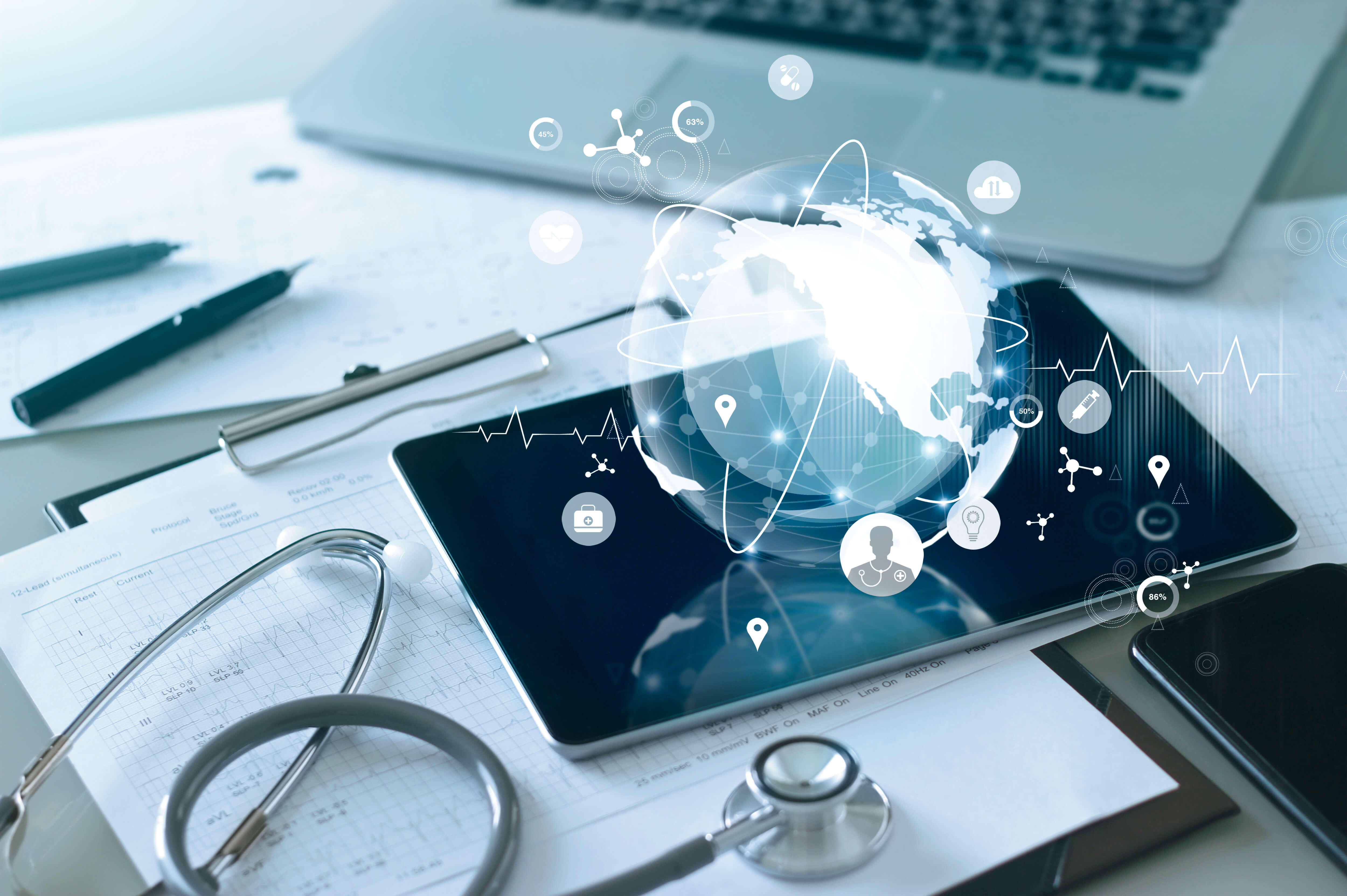News
The Promise and Potential of AI MedTech in Global Health
Potentially Life-Saving Applications for Low-Resource Settings
April 4, 2018

Executive Summary
India and Africa are both significantly under-resourced with respect to healthcare experts, personnel, facilities, medical technology, and other parts of the health services continuum.FN1 These resource limitations are particularly acute in secondary, tertiary, and rural healthcare settings, but urban healthcare settings are also ill-equipped to handle the burgeoning challenges of Non-Communicable Diseases (“NCDs”). In recent years, accelerated by the growing burdens of chronic illness and aging populations, global health authorities have sought to come to terms with the fact that there are currently not enoughFN2 – and perhaps may never be enough – health experts and infrastructure, to match these growing burdens. In parallel path with (and in part because of) this reality, there are now significant efforts underway globally to consider and advance the role of AI MedTech/eHealth to improve health access for the underserved. Although not without limitations and qualifying precautions, as described below, AI MedTech presents potentially transformative life-saving promise for low-resource healthcare settings, including in India and Africa.FN3
India in particular is well poised for this transformation, in part because in the last two years, it has experienced the largest penetration of low-cost smartphone users and growth of personal data in the world – increasing from 10 MM, to an ~530 MM by the end of 2018.FN4 India’s population is now the second largest online users after China.FN5 In 2017, India surpassed the US in app downloads.FN6 With this extraordinary increase in digital access, use, and data, and fueled further by AI, India could serve as one of the most fertile global regions for “leapfrog” AI MedTech/eHealth, while also empowering the world’s most underserved regions with digital tools to improve their health.
Africa, too, is preparing for this transformation. The number of mobile broadband connections on that continent will reach half a billion by 2020, more than double the number at the end of 2016, and will account for nearly 2/3 of total connections in the region.FN7 3G will remain the dominant mobile broadband technology for the foreseeable future, but 4G adoption is rising rapidly following increasing network rollout.FN8 Smartphone connections in Sub-Saharan Africa have doubled over the past two years to nearly 200 MM, accounting for a quarter of mobile connections in 2016.FN9 Key factors supporting the growth in smartphone adoption in the region include increasing affordability of new devices and a growing market for second hand devices.FN10 Digital traffic is projected to grow 12-fold across Africa as a whole over the next five years.FN11 Like India, this increased digital connectivity coupled with AI is expected to play a central role in addressing the continent’s significant and growing health challenges.
This Paper is presented in four parts:
- In order to facilitate understanding of the current applications and potential of AI in MedTech and eHealth, we first review in very basic terms, the evolution of AI in the healthcare space, focusing primarily on recent AI methods/approaches.
- We next provide a broad overview of AI MedTech/eHealth by functional categories, so that readers can begin to sort the many applications and innovations now appearing on the landscape. Throughout the White Paper, we provide specific case examples, so that readers have a more tangible sense of AI promise and potential in this space.
- The third and final section of the White Paper provides a discussion of some of the open issues and challenges facing AI, so that as we seek to advance AI for the underserved, we incorporate those issues and challenges into our impact investment evaluations.
Given the exceedingly fast pace of research and development in this area over the past few years, this Report requires updating. However, much of its contents remain applicable, particularly for those readers wanting a broad introduction to MedTech/eHealth AI for global health.
Please email c.haynes@teamfundhealth.org to request access to the full report.
Footnotes
FN1 Chan, Dr. Margaret. “Opening Remarks at the Artificial Intelligence for Good Global Summit.” World Health Organization, Geneva, Switzerland, 7 June 2017.
FN2 The WHO and the World Bank reports that 400 million people do not have access to essential health services, including in Africa and India (2015). Critical thresholds are 23 doctors, nurses, and healthcare workers per 10,000 inhabitants. Scaling Digital Health in Developing Markets: Opportunities and Recommendations for Mobile Operators and Other Stakeholders (June 2017), www.gsmainintelligence.com.
FN3 This White Paper is not intended to represent a comprehensive survey, but rather to serve as a very basic introductory summary for those on our team, investors, and stakeholders who want a better understanding of the role and potential of AI in global health MedTech and eHealth. This area of research is fast evolving, and developments and advances are too numerous to mention, so the Paper’s objective is to focus on only some of the principal approaches, applications, and issues currently being advanced. Because terms vary in the literature, we seek to define what we mean when we use terms.
FN4 CNN, Global Public Square, April 1, 2018 (Fareed Zakaria describing the revolutionary transformation of digital connectivity in India. https://www.cnn.com/shows/FareedZakaria); Statista.com, “Share of Mobile Phone Users that Use a Smartphone in India from 2014-2019.” https://www.statista.com/statistics. Part of this surge came about as a result of an initiative undertaken by the Chairman/Managing Director of Reliance Industries, Ltd., whereby in late 2016, he provided unlimited and free 4G data, voice and video access to the Indian population (via Reliance’s Jio network), with the intent to pull India very quickly into a connected economy. “India Poised for Smartphone Revolution,” September 26, 2017. https://www.money.cnn.com/technology/India. “India Billionaire Mukesh Ambani Extends Free 4G Offer By Three Months.” https://www.money.cnn.com/technology/India.
FN5 Id.
FN6 Id.
FN7 “The Mobile Economy Sub-Saharan Africa 2017,” https://www.gsma.com/mobileeconomy.
FN8 Id.
FN9 Id.
FN10 Id.
FN11 Id.